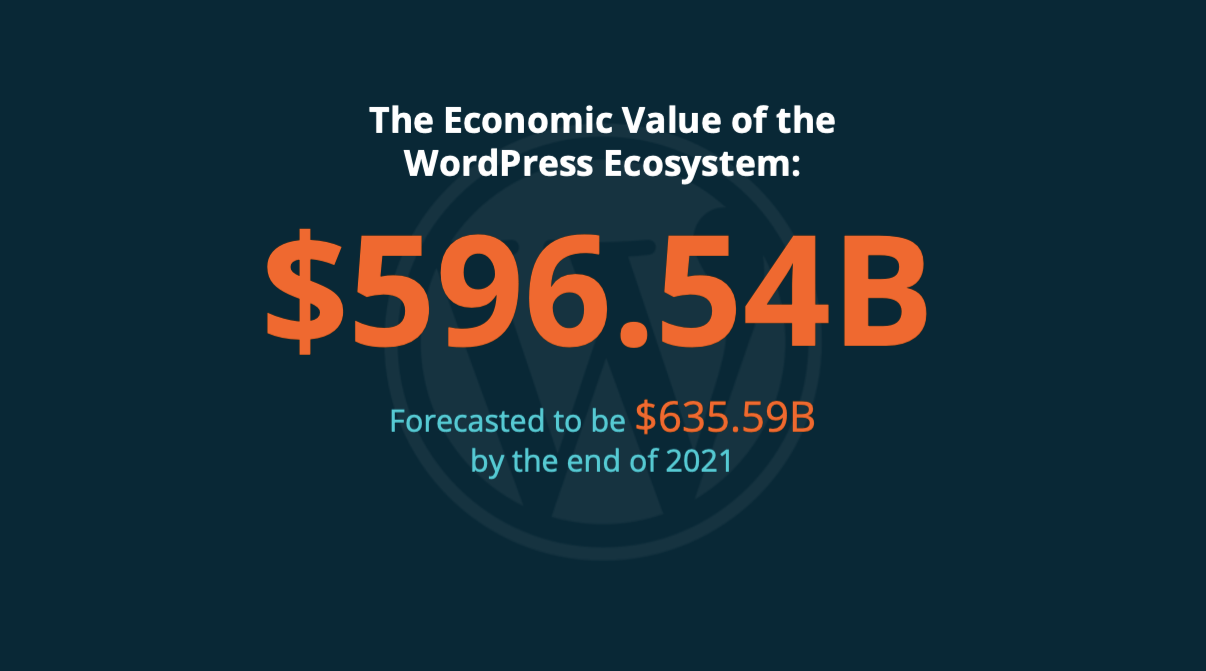At the end of 2015 WordPress passed its most important milestone yet: it now powers 25% of all global websites. For a CMS that co-creator, Matt Mullenweg, describes as an “open source underdog”, it’s an absolutely incredible achievement that shows just how powerful WordPress really is.
One of the most exciting things? The growth doesn’t stop there. Always looking to evolve and develop, Mullenweg mused about the potential for further growth when he mentioned the 57% of websites that don’t use any identifiable CMS, so tapping into that cross-section of the market appears to be WordPress’ next plan of action.
We’re seeing more and more enterprise-level businesses adopt WordPress for their corporate websites. We’re not just talking about marketing-related landing sites here, but their core sites as well. It’s a real testimony to the diversity and reliability that WordPress provides users and reinforces just how powerful this CMS really is.
Hearing that 25% of sites are powered by WordPress is undeniably impressive but it can be hard to fathom the sheer volume of websites, pages, comments and posts that are all online because of WordPress. To help put things into perspective WP Engine created WordPress Growth Stats, a section on their website that allows users to watch WordPress’ growth live on their browser. For example, in just three minutes over 2.5 million pages are read on WordPress sites, over 8,000 comments are posted and over 6,000 new posts are created. To see the ongoing stats for yourself, head over to WP Engine – but, trust us, you may find yourself spending far too long watching those figures increase every second!
So how can WordPress continue to grow and make its way towards that elusive 50% milestone? It’s not totally clear yet, but Automattic’s recent acquisition of WooCommerce is definitely an important step in the right direction. We will, of course, be following WordPress’ growth with excitement and will be sure to cover any emerging news stories and developments right here on our blog.


